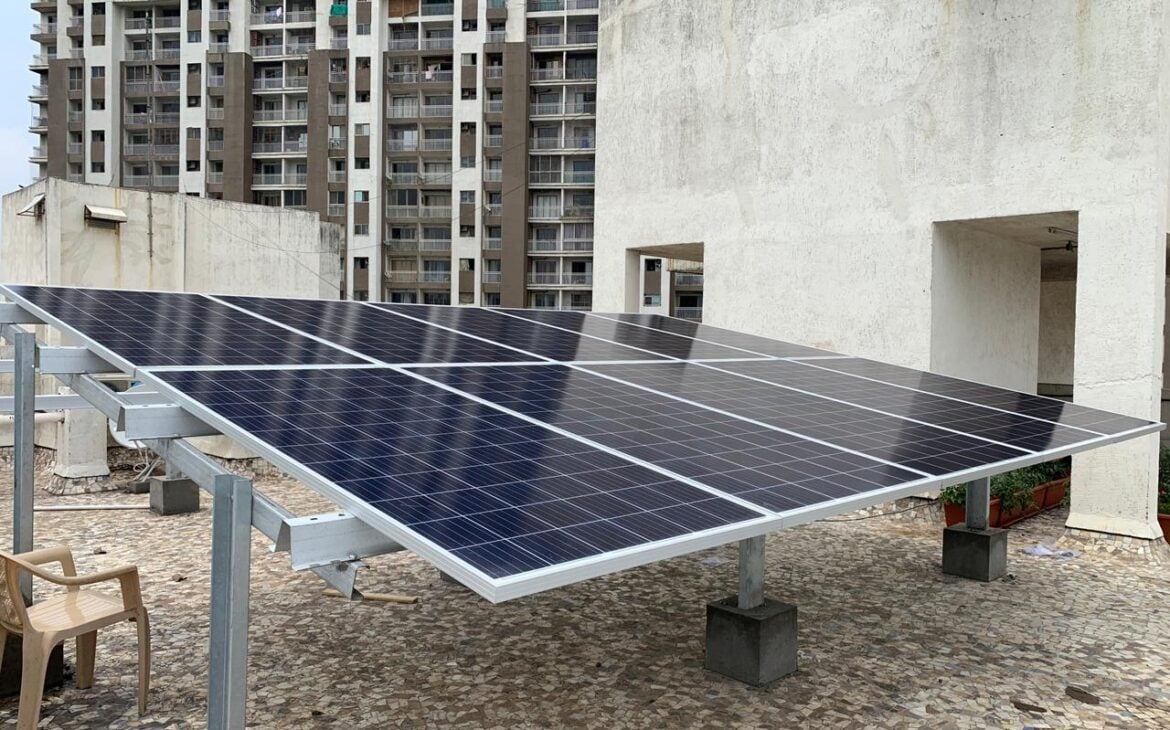Image Source: Google
In recent years, the push for sustainability and renewable energy sources has become increasingly important as the world grapples with the effects of climate change. Among the various sources of renewable energy, solar power has emerged as a top contender for its efficiency, cost-effectiveness, and environmental benefits. Solar power installation plays a crucial role in transforming energy consumption by providing clean and sustainable energy options for homes, businesses, and communities. Let's delve into how the best solar power installation is making a significant impact on energy consumption and sustainability efforts worldwide.
The Rise of Solar Power Installation
Over the past few decades, solar power installation has seen a remarkable growth trajectory, fueled by advancements in technology, government incentives, and increasing awareness of environmental issues. This surge in solar power adoption can be attributed to several key factors:
1. Cost-Effectiveness
- Solar power systems have become more affordable due to technological advancements and economies of scale.
- Government rebates and incentives make solar power installation an attractive investment for homeowners and businesses.
2. Environmental Benefits
- Solar power is a clean and renewable energy source that reduces greenhouse gas emissions and dependence on fossil fuels.
- Decreases air and water pollution, leading to improved public health and environmental quality.
3. Energy Independence
- Solar power allows individuals and communities to generate their electricity, reducing reliance on external energy sources.
- Increases resilience against power outages and disruptions in the grid.
Impact on Energy Consumption
The widespread adoption of solar power installation has had a transformative impact on energy consumption patterns at various levels:
1. Residential Sector
- Many homeowners are turning to solar power to meet their energy needs, leading to a decrease in reliance on traditional utility companies.
- Solar panels on rooftops can generate electricity for household consumption and even contribute excess power back to the grid.
2. Commercial and Industrial Sector
- Businesses and industries are increasingly investing in solar power systems to reduce operating costs and demonstrate corporate social responsibility.
- Solar energy can power manufacturing plants, offices, and retail spaces, helping companies meet sustainability goals.
3. Community and Utility Scale
- Large-scale solar power installations, such as solar farms and utility-scale projects, are providing clean energy to entire communities.
- Utilities are incorporating solar power into their energy mix to diversify sources and reduce carbon footprint.
Challenges and Opportunities
While solar power installation has made significant strides in transforming energy consumption, there are still challenges and opportunities to consider:
1. Grid Integration
- Intermittency of solar power generation requires efficient grid management and energy storage solutions.
- Investment in smart grid technology and battery storage can enhance grid reliability and optimize solar power utilization.
2. Policy and Regulation
- Clear and stable policies are essential to incentivize further adoption of solar power and ensure a level playing field for renewable energy sources.
- Supportive regulations can streamline the permitting process and facilitate grid connections for solar installations.
3. Technological Innovation
- Ongoing research and development are vital to improving solar power efficiency, durability, and affordability.
- Emerging technologies such as perovskite solar cells and solar tracking systems hold promise for advancing the solar industry.
The Future of Solar Power
Looking ahead, solar power installation is poised to play a pivotal role in the global transition towards a sustainable energy future. As technology continues to evolve and costs decline, solar energy is becoming an increasingly accessible and viable option for meeting energy needs. The future of solar power holds exciting possibilities:
1. Energy Transition
- Solar power is expected to play a central role in the transition to a low-carbon economy, reducing reliance on fossil fuels and mitigating climate change.
- Increased deployment of solar panels worldwide can help countries achieve their renewable energy targets and emissions reduction goals.
2. Innovation and Integration
- Continued innovation in solar technology, such as energy storage, hybrid systems, and integrated solutions, will drive efficiency and adoption.
- Integration of solar power with other renewable sources like wind and hydro can create a more resilient and sustainable energy infrastructure.
3. Community Engagement
- Community-based solar projects and shared solar initiatives empower individuals to participate in the clean energy transition and benefit from solar power.
- Education and outreach efforts can raise awareness about the benefits of solar energy and inspire greater public support for renewable energy policies.
As we shine a light on sustainability through solar power installation, it is clear that the potential for positive change is vast. By harnessing the power of the sun, we can create a brighter, cleaner, and more sustainable future for generations to come.
